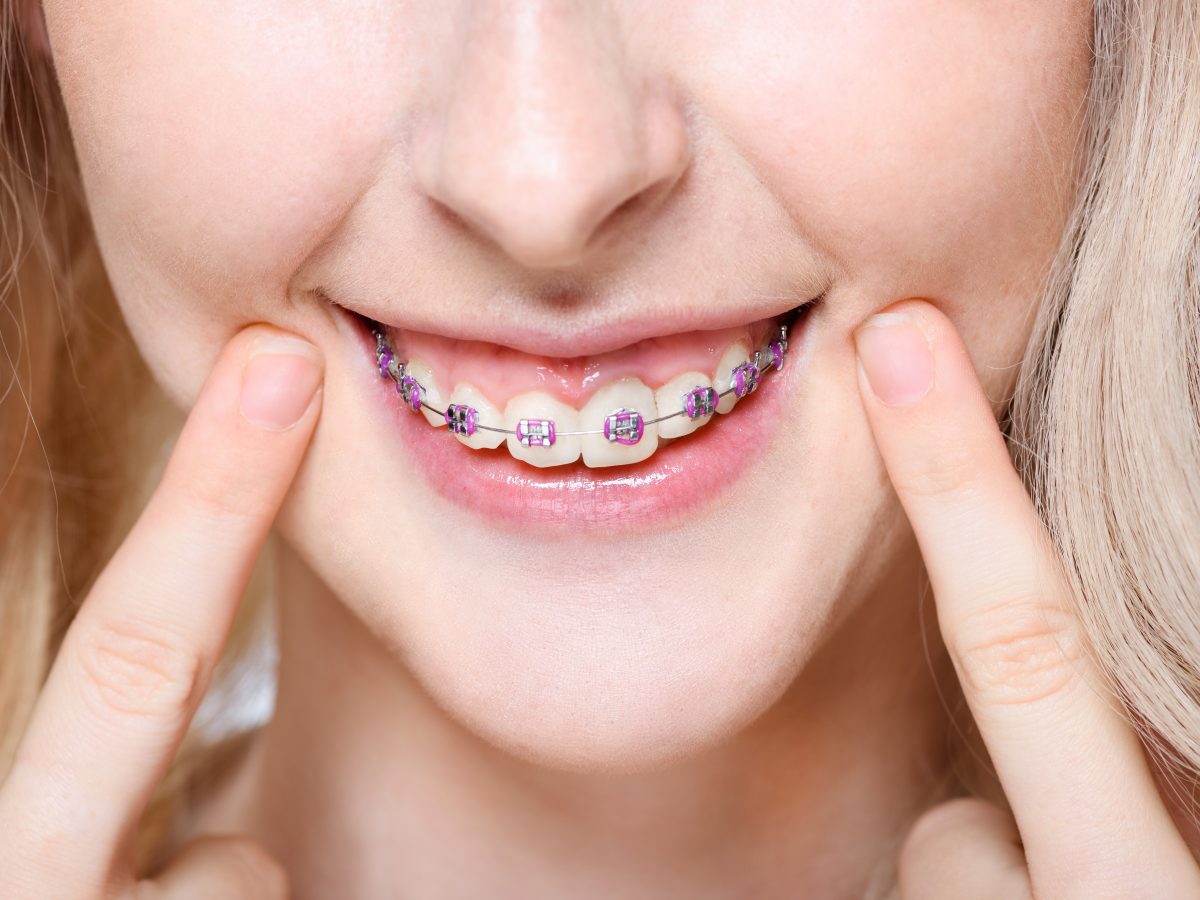Comprehensive Guide to Orthodontics Treatments for Dealing With Dental Misalignments
Understanding the ins and outs of each treatment, including their mechanisms, advantages, and prospective drawbacks, is critical in making informed choices concerning one's orthodontic therapy. As we navigate through the comprehensive overview to orthodontic treatments for correcting oral misalignments, the complex information of each approach will certainly unfold, shedding light on the course towards a functional and harmonious dental positioning.
Orthodontic Procedures Introduction

Along with clear aligners and traditional braces, orthodontists might also advise other treatments like headgear, palatal expanders, or retainers to deal with certain positioning concerns (invisalign). These procedures are customized to each patient's special requirements and may include a mix of therapies to attain the wanted results. Routine adjustments and tracking are crucial parts of orthodontic treatment to make sure progress gets on track and to make any type of necessary modifications in the process. By undertaking orthodontic treatments, clients can not only attain a straighter grin however additionally improve their general oral health and wellness and feature.
Typical Dental Braces: Just How They Function
When considering orthodontic therapies for oral imbalances, traditional dental braces stand apart as a tried and true method for fixing teeth positioning. Traditional dental braces are composed of brackets, cables, and bands that work together to use constant pressure on the teeth, progressively moving them into the wanted positioning. The braces are connected to the teeth utilizing an unique adhesive, and the cables are threaded with the brackets. By readjusting the stress of the cables, orthodontists can regulate the direction and pressure put on each tooth, guiding them right into correct placement in time.
One key aspect of how typical braces work is the process of bone remodeling. As pressure is put on the teeth via the braces, the bone bordering the teeth is improved to sustain the brand-new tooth placements. This renovation is necessary for the long-term stability of the fixed positioning. Individuals will certainly require normal adjustments at the orthodontist's office to ensure the braces remain to apply the appropriate pressure for efficient teeth motion.
Undetectable Aligners: Cons and pros
Unnoticeable aligners use a practical and discreet alternative to traditional dental braces for dealing with oral misalignments. These clear, customized trays are practically invisible when worn, making them an enticing choice for individuals seeking an extra visually pleasing orthodontic treatment. Among the key advantages of invisible aligners is their removability, permitting less complicated maintenance of oral health compared to traditional dental braces. Individuals can remove the aligners prior to consuming or brushing their teeth, lowering the danger of food getting embeded the appliance and streamlining the cleaning procedure.

Surgical Orthodontic Options
Surgical treatments in orthodontics existing sensible alternatives for resolving intricate oral imbalances that may not be efficiently fixed with traditional orthodontic treatments. While conventional braces and invisible aligners can remedy lots of orthodontic problems, certain cases call for medical intervention to achieve optimum outcomes. Surgical orthodontic choices are generally recommended for extreme malocclusions, considerable jaw discrepancies, and instances where the underlying bone framework needs modification to attain appropriate alignment.
One usual medical orthodontic procedure is orthognathic surgical procedure, which entails rearranging the jaws to remedy useful issues such as trouble eating or speaking. This surgical procedure is usually done in collaboration with an orthodontist that assists straighten the teeth before and after the procedure. Surgical orthodontics may also include procedures to subject impacted teeth, get rid affordable dental office of excess gum cells, or reshape the jawbone to produce a more harmonious face profile.
Prior to considering medical orthodontic options, individuals undergo a detailed assessment to figure out the necessity and prospective advantages of such interventions. orthodontist. While surgical procedure might seem overwhelming, it can considerably boost both the function and looks of the smile in instances where conventional orthodontic therapies fail
Retainers and Post-Treatment Care

Failure to abide with post-treatment treatment guidelines can result in regression, where the teeth slowly relocate back towards their original placements. Regular retainer wear, good dental hygiene, and routine oral check-ups are essential for maintaining find this the outcomes achieved through orthodontic surgery and making certain the long-term security of the remedied dental alignment.
Verdict
In verdict, orthodontic procedures supply different alternatives for fixing oral misalignments. Surgical orthodontic choices are available for a lot more Resources severe misalignments. On the whole, orthodontic procedures can properly improve oral health and aesthetic look.
As we browse through the detailed overview to orthodontic procedures for dealing with dental misalignments, the detailed details of each technique will certainly unfold, dropping light on the course toward a functional and harmonious oral placement. - cumming orthodontist
One of the most usual orthodontic treatments is the use of braces, which are composed of metal brackets and cords that apply gentle pressure to slowly change teeth into the preferred setting.When thinking about orthodontic therapies for dental imbalances, conventional dental braces stand out as a reliable method for fixing teeth placing. In addition, invisible aligners may not be ideal for complex orthodontic problems that need even more substantial teeth movement, as they are usually recommended for mild to modest cases. Retainers are customized orthodontic gadgets developed to hold teeth in their remedied settings after the completion of orthodontic treatment.